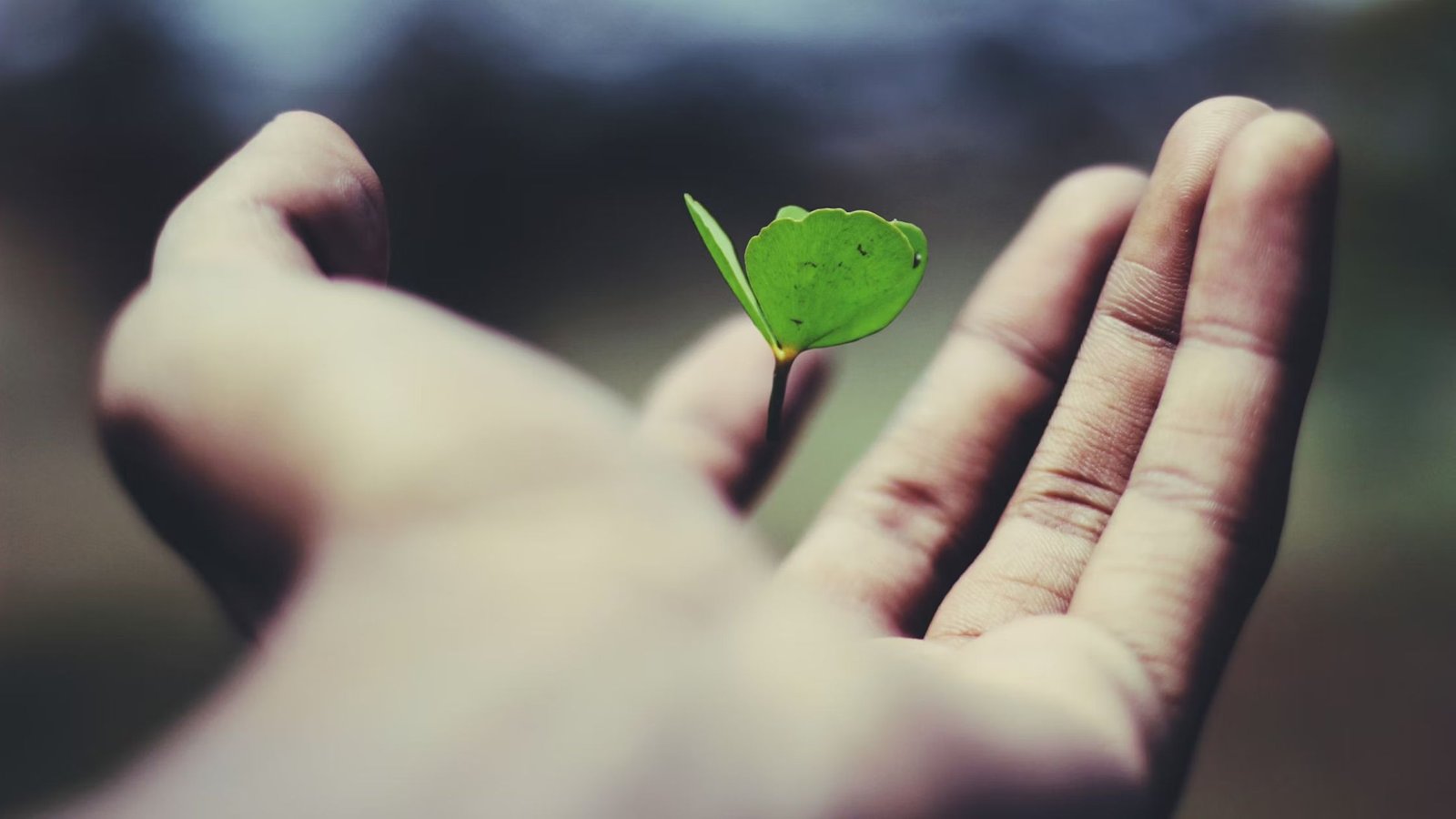So How Anchovies Are Typically Preserved?
Wondering how anchovies are typically preserved? Anchovies, which are small fish that pack a big taste, can be kept fresh by using a number of methods. The most common way is to put them in salt layers so as to draw out their water content and stop them from rotting.
Oil packing, a favorite choice, involves anchovies being submerged in olive oil to make an appetizing and anaerobic surrounding.
When vinegar is used, it gives a tangy taste while modern methods such as canning make sure of convenience and long lasting storage.
Every method of preparation impacts the overall taste and consistency, rendering anchovies a flexible component for those who like to experiment in cooking.
The Power of Salt
When we ask “How anchovies are typically preserved?” The most popular method is salt. This method works by using the dehydrating effect of salt. By taking away moisture from the fish, salt makes a condition where bacteria cannot grow well, basically stopping their development and keeping them fresh.
Usually, anchovies are gutted first and then covered in coarse salt by spreading it all over and layering them. When it comes to salt, salt has a special effect on the fish: it dehydrates them while intensifying their taste.
Salt also changes the texture of anchovies, making them firmer when left to sit. Although the strong taste of salt may soften as days pass by, it still keeps its unique feature providing a deep salty touch to food. This is why salt is considered to be the one of the best in “How anchovies are typically preserved?”
Brining for a Brighter Bite
If we look deeper into “How anchovies are typically preserved?” Then another technique, which is similar to salt-curing, can be seen in brining. This process involves immersing anchovies into a saltwater mixture rather than coating them with salt directly. The use of this brine bath aids in faster curing times when compared to the slow method of dry-salting.
Moreover, brines can be made less intense. The usual method of brining is to dissolve salt, sugar and sometimes spices in water and then put the anchovies into it for an exact time period.
There are different types too; some recipes may add extra items such as herbs, aromatics or even wine to enhance their taste complexity.
A Bath in Oil
Oil is also considered when we ask “How anchovies are typically preserved?” Anchovies are soaked in oil packing, a method as popular as it is full of flavor. Here, oil, most often the fragrant extra virgin olive oil, is at the forefront. The oil bath does two things.
First, it makes an environment with little to no air. Because there isn’t much oxygen, bacteria can’t grow well. This helps keep the anchovies safe and fresh over time. But the magic doesn’t end there. The oil also serves as a flavor transporter, adding its own richness to the anchovies.
While the usual choice is extra virgin olive oil, some manufacturers use more neutral ones like sunflower oil in order to not dominate the very delicate taste of anchovies.
Pickling Power
We find a special way to save food, called pickling. This unusual technique uses the strong acidity of vinegar for its effect but it can be considered in “How anchovies are typically preserved?”.
By soaking the anchovies in vinegar, the pickling process makes an acidic area which doesn’t let bacteria grow well. This vinegar solution stops the anchovies from getting spoiled, which helps them last longer.
How Time Affects Anchovies
When it comes to “How anchovies are typically preserved?“ We have to know that time has an impact in keeping anchovies. As they grow older, their taste and feel change in a delicious way. When the time of aging goes longer, it boosts the flavor called umami in anchovies.
This rich taste, which is a signature trait of these small fish, gets stronger as enzymes break down proteins with the passage of time.
Also, the texture gets softer a lot. The meat turns into very easy to eat, which is a wanted thing in cooking. So, although anchovies that just came out of the jar might give a strong taste, those that have been aged for more time provide a subtle and rich umami flavor.
If you still have any doubts “How anchovies are typically preserved?” you can come back and read again. From traditional ways like salting to today’s wonders such as canning, the path for keeping anchovy fresh is an exciting one. Every method reveals distinct tastes and textures, which make these minuscule fish a flexible component for any daring chef.





